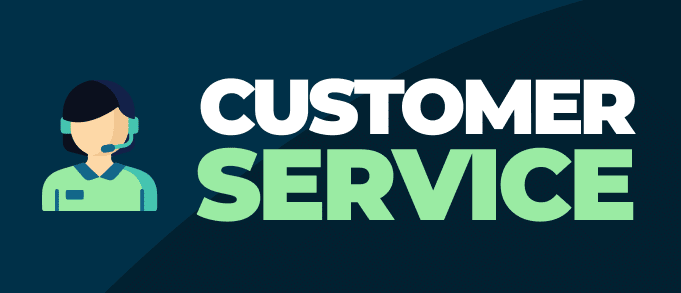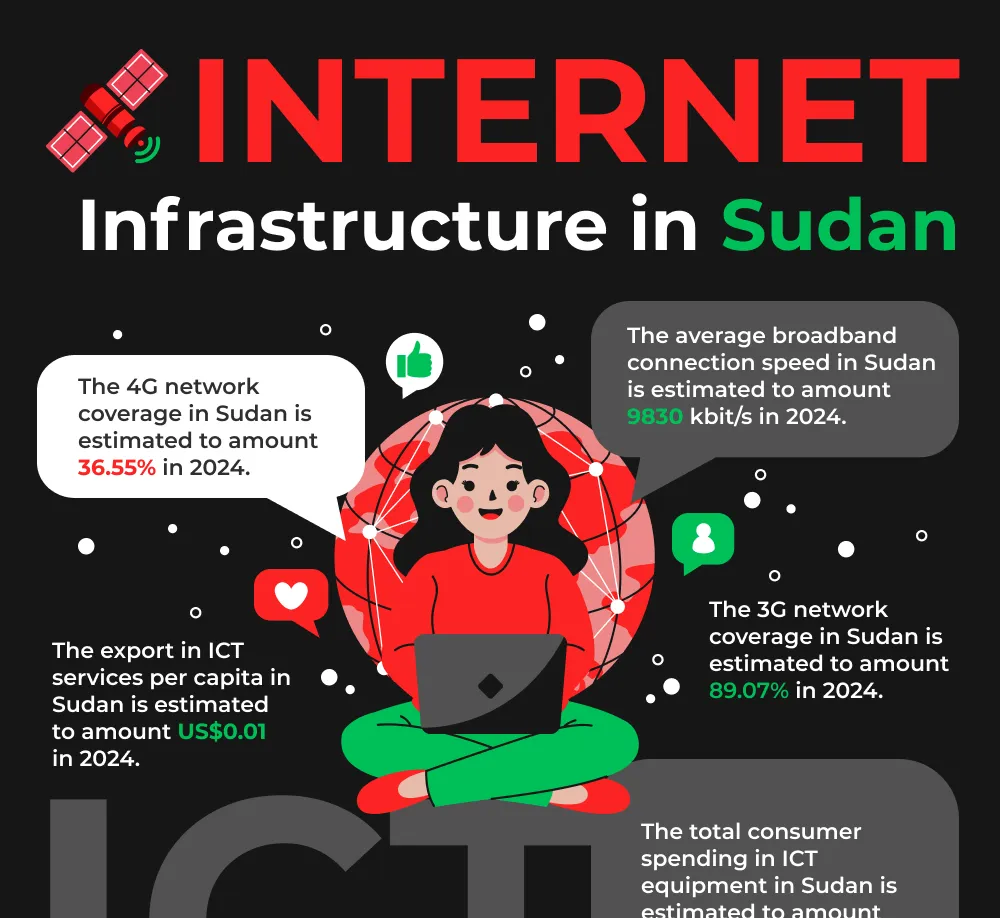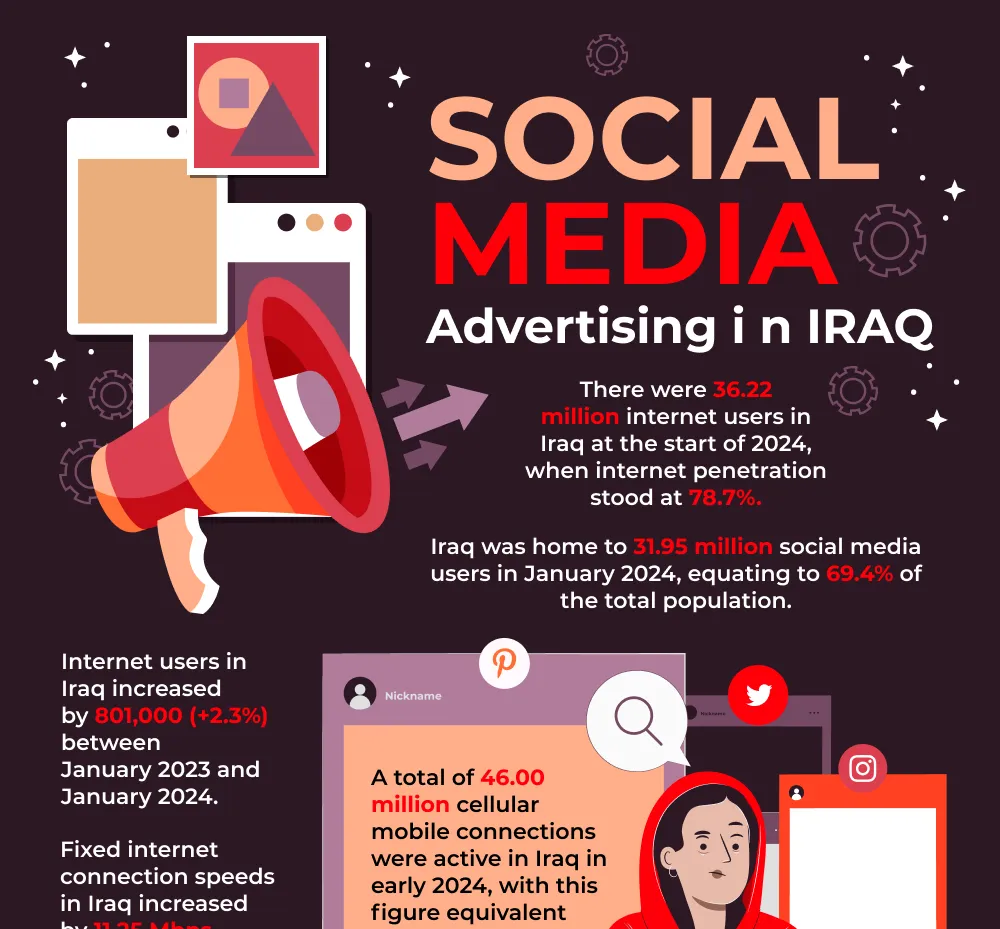Technologies change quickly so it can be hard to stay up-to-date. It’s important, though, because today’s newest tech may become outdated next week. This is also the case with what we learn in school. Some of the knowledge could be irrelevant or totally obsolete by the time we start our first job. The eLearning market has been positively impacted by technological innovations and developments. This breakneck speed of change is one of the reasons why the LMS system industry is among the busiest in the technology sector nowadays.
Learning Management Systems are constantly being updated with new features to keep up with the latest trends. We can help you out by providing a list of the most popular and advanced Learning Management Systems features and trends. Market developments, relevant software adoption and usage trends, their effects on schools & businesses and key industry trends that are crucial for those in the industry.
Businesses who invest in developing their employees can have a competitive edge and an increased chance of success. It's no secret that corporate learning is a large investment for many companies. However, it can also be an effective investment with the right training techniques. The investment in corporate learning is particularly appreciated by employees when trainers incorporate input from employee training surveys about training content and presentation.
From the beginning, the implementation of elearning in classrooms has been stifled by a variety of obstacles. According to statistics, these issues include the need for constant product innovation, a lack of workable revenue models, erratic internet connections, variable software and hardware, and more.
Some of the aforementioned problems, like insufficient internet speed, have already been dealt with spontaneously in some places thanks to technical development. To the contrary, opposition to the adoption of e-learning in the educational system is still growing.
These statistics show that e-learning is not just a trend, but an ever-growing industry. E-learning, in conjunction with other modern technologies and the internet, offers convenience and flexibility that traditional methods of learning do not.
| Overview | Global LMS market was valued at $8.76 billion in 2019 and is expected to grow to $38.10 billion by 2027 |
| Global elearning market is projected to be worth $325 billion in 2025 | |
| With a CAGR of 19.75%, the LMS market in the Asia-Pacific region is anticipated to grow at the fastest rate. | |
| Mobile learning is projected to reach $80.1 billion in 2027 with a revised CAGR of 20%,. The rapid growth is due to COVID-19 lockdown | |
| eLearning vs Traditional Learning | 70% of students agree that online classes are better than traditional classroom settings |
| Since 2020, 98% of Universities have moved its classes online | |
| 77% of academic leaders believe online education was equal or superior to learning in the classroom | |
| Elearning can help students retain between 25% and 60% more information | |
| Online learning uses 87% less energy and 85% fewer CO2 emissions per student compared to learning in a traditional setting | |
| An online degree is more than $10K cheaper than a traditional on campus degree | |
| eLearning industry adoption and growth | 90% of corporate businesses offer eLearning opportunities to employees |
| 90% of corporate organisations provide employees with options for online learning. | |
| 77% of US businesses utilised e-learning. | |
| 72% think that using e-learning gives them a competitive advantage. | |
| 67% of businesses provide mobile learning | |
| 90% of students believe that online learning is preferable to traditional classroom | |
| 48 % of businesses do not think their corporate cultures are favourable to social learning. | |
| In their eLearning programme, 30% of L&D professionals intend to include games and simulations. | |
| 74% of workers use their smartphones to access resources for work. | |
| 57% of employees said they prefer using mobile learning modules. | |
| Taking use of the LMS platform options, Google has enrolled 80,000 of its staff members in the HTML5 course offered by Udacity. | |
| L&D professionals believe that AR/VR is the most useful and engaging method for instructing learners how to carry out real-world tasks in a secure setting. | |
| Elearning in K-12 Schools | In the United States, 57% of K–12 students use digital learning tools on a daily basis. |
| 52% of K–12 students use games that concentrate on particular abilities or topics as part of their eLearning courses. | |
| 65% of K–12 instructors already instruct their students using digital tools every day. | |
| Students are allowed to conduct online research in 56% of the classrooms that use e-learning resources. | |
| 18% of educators support giving their K–12 pupils the autonomy to manage their own education through the use of e-learning resources. | |
| Elearning in Higher Education | 60% of undergraduates choose an online education program based on its affordability. However, 39% of them think that reputation of the program or school is the number one deciding factor |
| 56% of elearning college students use a tablet or smartphone to complete their online course-related activities | |
| 26% of undergraduates are most interested in business-related online courses, while 15% intend to take a computer and IT-related programs | |
| Corporate Online Learning Statistics | 94% of employees would potentially stay longer with a company that invests in learning and development |
| elearning takes 40% to 60% less employee time compared to traditional learning | |
| elearning can reduce the training cost by more than 88% per employee | |
| 90% of corporations now using online learning compared to just 4% in 1995 | |
| 82% of organizations conduct some of their compliance training online, while 28% conduct fully online compliance training | |
| corporate e-learning market could increase by $38.09 billion between 2020 and 2024 | |
| Popular LMS Software | TalentLMS |
| Absorb LMS | |
| SAP Litmos | |
| Docebo | |
| iSpring Learn LMS | |
| Learning Challenges | 87% of millennials in the workforce think their education is dull and irrelevant. |
| 40% of millennials say they'd like to improve their presentation skills and unleash their creative abilities. | |
| Before asking a coworker or using the company's learning tool, 40% of employees check Google. This implies that the platform is not yet effective at satisfying the demands of learners. | |
| Even though LMS is a well-known method for employee training, many businesses still struggle to achieve their desired outcomes. | |
| 80 percent of HR and managers struggle to close the internal skills gap | |
| 69% indicate decreased or low productivity. | |
| 67% report not meeting their financial and performance goals. | |
| https://potomac.edu/learning/online-learning-vs-traditional-learning/ | |
| https://higheredpartners.co.uk/the-legitimacy-of-online-learning-vs-traditional-learning/ | |
| https://www.forbes.com/sites/brandonbusteed/2019/03/05/online-education-from-good-to-better-to-best/?sh=4877898f6912 | |
| https://elearningindustry.com/facts-and-stats-that-reveal-the-power-of-the-elearning-sector | |
| http://oro.open.ac.uk/10677/1/paper5.RoyPotter&Yarrow_IJSHEPaperJuly07.pdf | |
| https://educationdata.org/cost-of-online-education-vs-traditional-education | |
| https://research.com/education/online-education-statistics | |
| https://research.com/education/elearning-statistics | |
| https://techjury.net/blog/elearning-statistics/#gref | |
| https://www.docebo.com/resource/report-elearning-trends-2019/ | |
| https://learningnews.com/media/30885/docebo-elearning-trends-report-2017-short.pdf | |
| https://www.docebo.com/resource/elearning-trends-2020-docebo-report/ |







